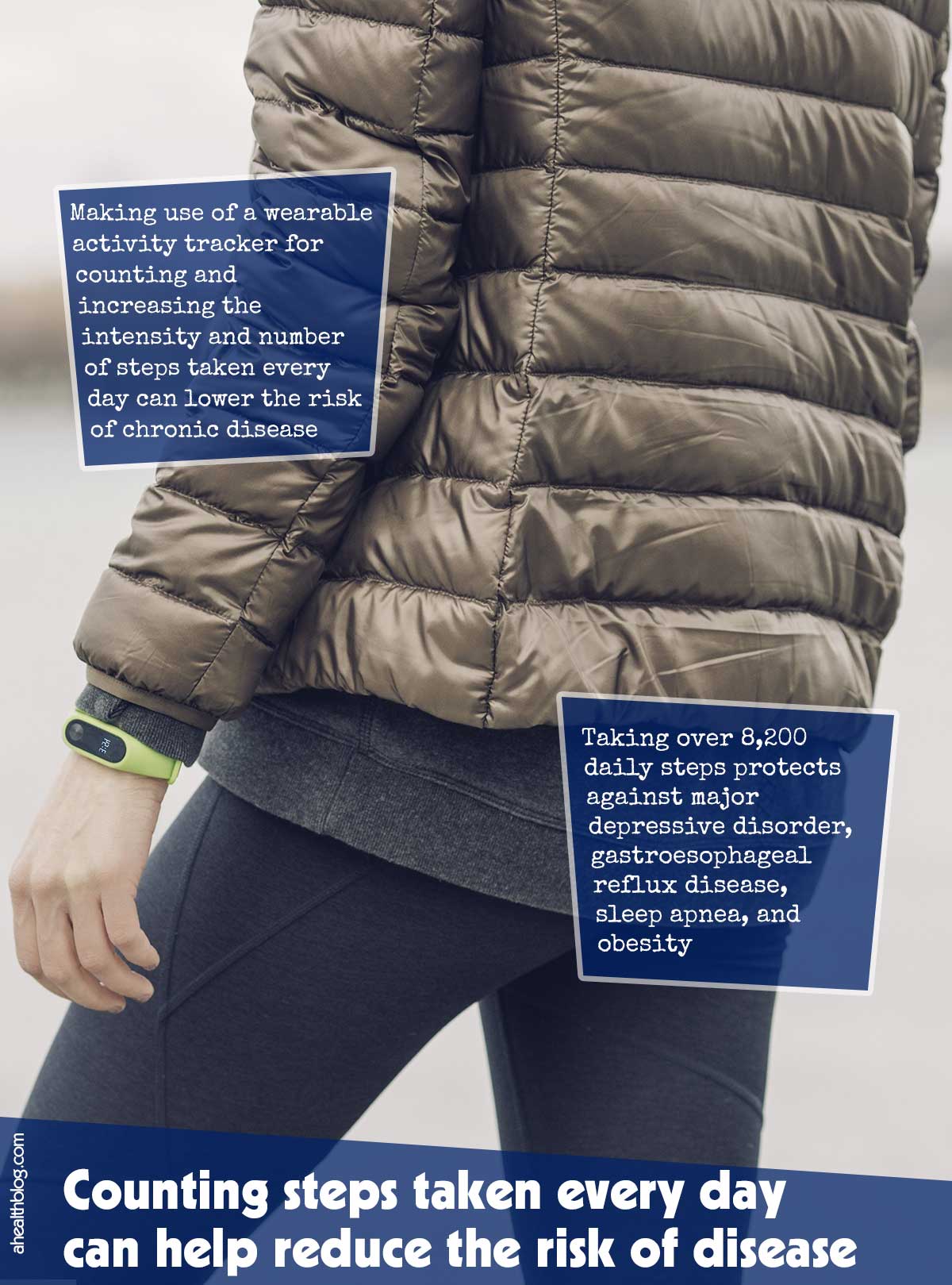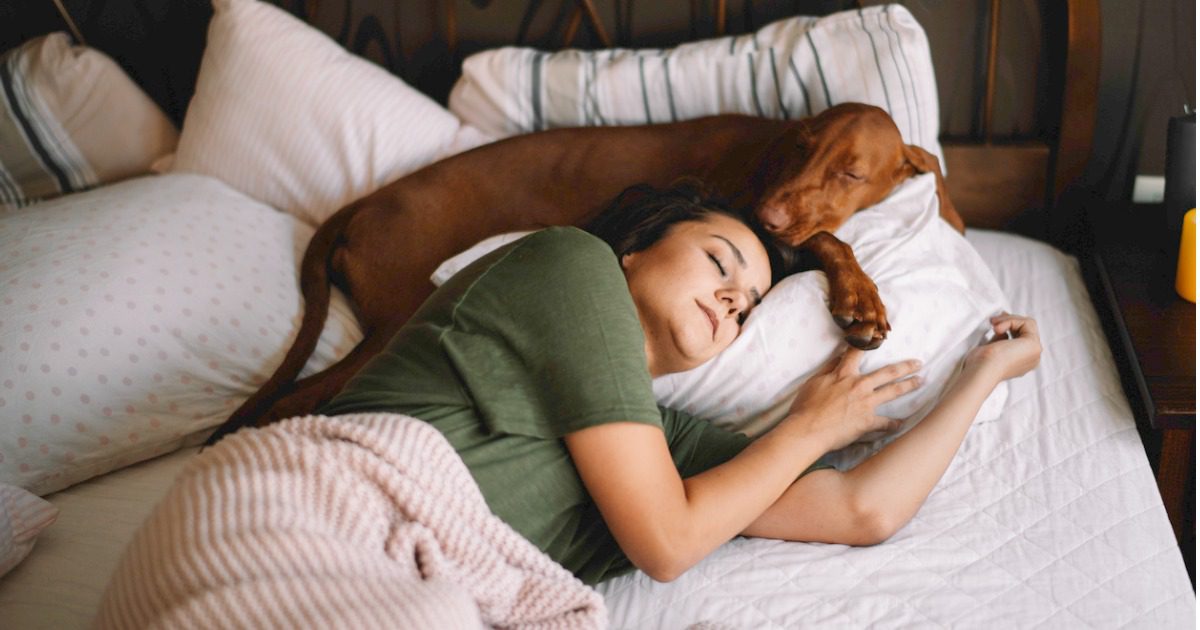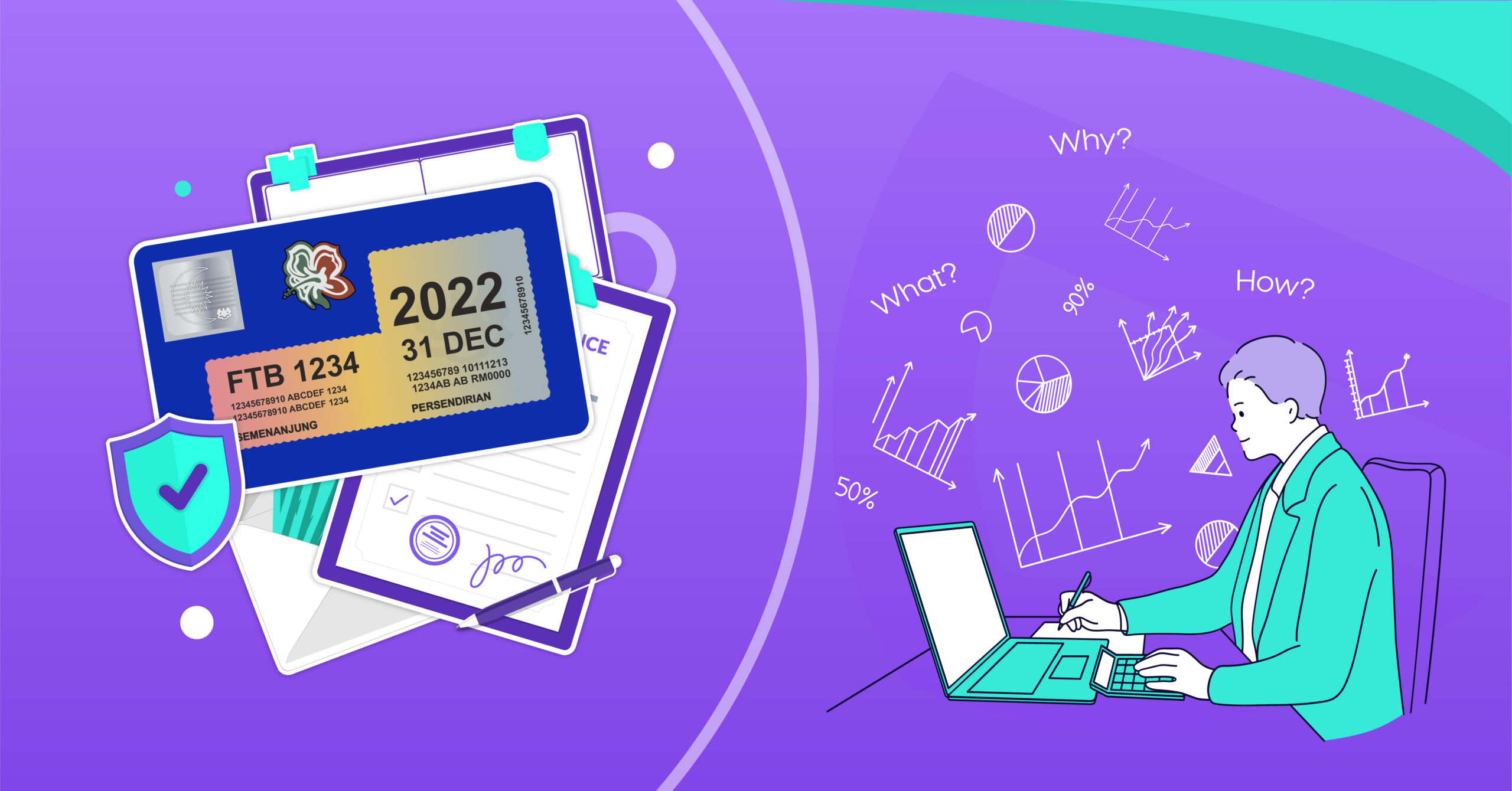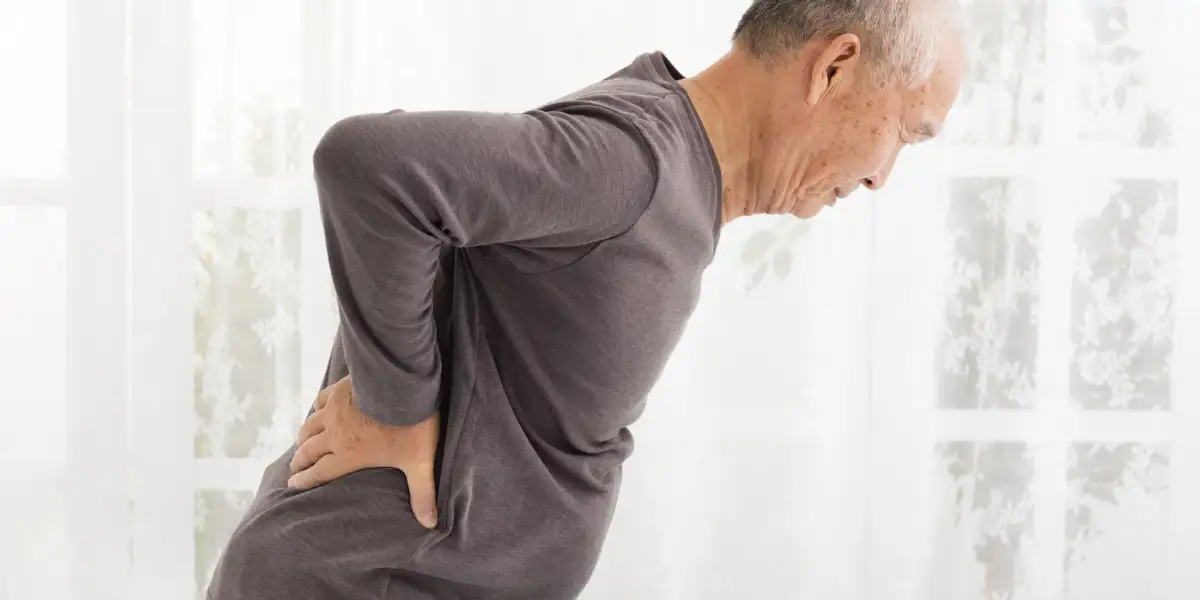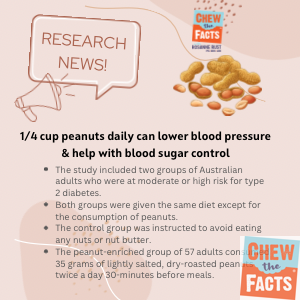The True Cost of Life in the N.B.A. Bubble
Want more basketball in your inbox? Sign up for Marc Stein’s weekly N.B.A. newsletter here.
LAKE BUENA VISTA, Fla. — It all sounded so breezy when the Los Angeles Clippers’ Patrick Beverley arrived at Walt Disney World and promptly scoffed at the idea that working and living at one of the foremost playgrounds on Earth could somehow be complicated.
The bubble, Beverley unforgettably declared that day, is what you make it.
Nearly two months later, no one on the N.B.A.’s Disney campus can be that cavalier when talking about the surroundings. The league has managed to keep the coronavirus out, which undeniably is a significant achievement, but not without levying an emotional tax by severely restricting access.
Beverley’s first-glance view suggested that bubble inhabitants, with the right mind-set, could make this all seem as magical as a typical Disney trip. Now consider the review that the Los Angeles Lakers’ LeBron James offered up Saturday night — after the league emerged from a three-day walkout during which numerous players gave serious thought to closing down the bubble completely. The near shutdown wasn’t motivated solely by the players’ social justice pursuits; also factoring in was the simple desire to return to the outside world.
“I’ve had numerous nights and days of thinking about leaving the bubble,” James said. “I think everyone has, including you guys.”
James was referring to members of the news media and, without question, he was right. The word I have used to describe this assignment, over and over, is “unmissable.” That sentiment remains true, because I’m not sure I’ll ever have the chance again to cover N.B.A. playoff games in August and September in arenas without fans. But “interminable” also applies. I can’t deny that there have been times during my 53 days here that I tried to picture the finish line and couldn’t.
It’s not because of the workload. My role at the 2016 Olympics in Rio, leading ESPN’s coverage of the U.S. men’s basketball team for “SportsCenter” and ESPN.com, made for even longer days in some ways. What gets to you in the bubble is your lack of control, combined with the long-term isolation, all exacerbated by copious regulations and restrictions.
So many rules to follow. So much time alone with your thoughts. An Olympic excursion, typically bucket list territory for most sportswriters, also lasts only three or four weeks.
Of course, nearly eight weeks into my stay in the 314-square-foot Casita No. 4151 at the Coronado Springs Resort, I am getting nostalgic and predictably sappy about it all — even the tough stuff. My time in the N.B.A. bubble is almost up. On Thursday, I am scheduled to fly home to Dallas. My colleague Scott Cacciola has begun his seven-day quarantine, replete with its daily throat and nostril swabs and bagged food drop-offs, and is poised to replace me as the bubble representative for The New York Times.
A few of my pals from other outlets are scheduled to cover this N.B.A. restart from the first dribble to the last, so I feel guilty that I am leaving while they have 40 days to go, as do the two teams that will ultimately reach the N.B.A. finals. I am also trying, without much success because I am so darn stubborn, to convince myself that 50-plus days in one place with no license to leave is not an insufficient commitment.
Some proof: I have been a Disney resident long enough to start seeing Facebook notifications urging me to “register now in Florida” because “your vote can make a difference in your community.”
I am obviously not eligible to vote in Orange County, Fla., but there are aspects of bubble life that will stay with me for a long time.
Wednesday, for starters, will bring the last of my daily coronavirus tests, but I suspect I will want to keep taking my temperature and oxygen saturation readings every day for a while — just to be safe.
I will miss living in a first-of-its-kind N.B.A. village with a bunch of teams that aren’t traveling and, because of the tightly controlled borders, can’t avoid interactions with the media even though there are so many more barriers to reporting access than we’re used to.
I will miss the solitary convention center hallway, connected to one of the three team hotels, that the news media could not be barred from — and all the chance encounters with key N.B.A. figures that took place there.
I will miss the garish orange carpet in that hallway and how Sports Illustrated’s Chris Mannix and I frequently laughed at each other for spending more time camped out there than we knew we were supposed to.
I will miss the tiny lizards scampering around our feet while walking the less-than-one-square-mile of the Coronado grounds allotted to reporters.
I will miss the daily downpours that amazingly made Central Florida’s vaunted humidity easier to stomach than what awaits me upon my return to North Texas.
I will miss the limited food options that helped me lose 10 to 12 pounds, which history says I will quickly find upon returning home.
I will miss the delicate touches of the housekeeping staff, like the way they wrapped the remote control in my casita in a little plastic bag.
I will miss the serendipity, such as turning a corner on the way to the meal room and seeing, say, Denver Nuggets Coach Mike Malone whizzing by on a bicycle.
I will miss going to Phoenix Suns practices before it became fashionable and hearing Devin Booker talk about how ready he was to do damage back when no one would have dared to suggest that the Bubble Suns could go 8-0.
I will miss that buzz of total culpability, mixed with daring and satisfaction, after intercepting Philadelphia’s Joel Embiid for a covert interview near the 76ers’ team bus.
I will miss bearing witness to so much shotmaking greatness. It was a privilege to be among the very few inside the three gyms at the ESPN Wide World of Sports Complex to watch Utah’s Donovan Mitchell and Denver’s Jamal Murray trade haymakers for seven games, and to see Portland’s Damian Lillard erupt for 51 points and then 61, and to watch Dallas’s Luka Doncic dazzle in the N.B.A. playoffs like 21-year-olds almost never do.
I will definitely miss a place where panic about the coronavirus has faded drastically. That is only possible because of the daily testing, mandatory mask-wearing and all the other precautions that have cost the N.B.A. an estimated $180 million, but the league is more than halfway to pulling off its ambitious restart without a reported infiltration of Covid-19.
We’re learning more and more about just how much goes into preserving that sort of streak. James, after all, is hardly the only player to publicly acknowledge the mental strain that stems from all of the league’s safety measures — and the struggles to gain needed distance from the job in this all-basketball environment. Yet there are naturally a variety of perspectives on a trip like this.
“It gets monotonous — I get it — but there’s definitely worse things in the world,” Orlando’s Michael Carter-Williams said. “To be honest, it’s kind of cool to say that I was part of history — to say that I was part of being in the bubble and part of protesting a playoff game.”
As one of the select few bubble reporters here to chronicle it all, I could certainly feel some of that coolness, too.
You ask; I answer. Every week, I’ll field three questions sent in to [email protected]. Please include your first and last name, as well as your city, and make sure “Corner Three” is in the subject line.
(Responses may be condensed and lightly edited for clarity.)
Q: Mike D’Antoni brought in Danuel House, Jeff Green and Ben McLemore from their couches and got them all to average double digits, and he also secured the fourth seed in the West with a 6-foot-6 center. But not even a single vote? — @Mondattah from Twitter
Stein: I was just as surprised as you were that D’Antoni didn’t receive any votes for the Coach of the Year Award. Not a single vote for first, second or third place.
D’Antoni was my preseason pick to win the coach of the year honors, because the success or failure of Houston’s Russell Westbrook gamble was always bound to be heavily influenced by D’Antoni’s underrated adaptability.
If you can put Monday night’s Game 6 nightmare against Oklahoma City aside, when a rusty Westbrook had the ball in crunchtime much more than James Harden, at a great cost, D’Antoni has largely found a way to accommodate both of his star guards offensively. He has also, as you noted, helped House, Green and McLemore become meaningful contributors when few expected it, reinforcing his longstanding reputation for giving role players offensive confidence.
Toronto’s Nick Nurse would have received my first-place nod had I cast a media vote, with Oklahoma City’s Billy Donovan and the Los Angeles Lakers’ Frank Vogel next in line. (The New York Times does not allow its reporters to participate in voting.)
But I also would have had D’Antoni in the next tier alongside Erik Spoelstra of the Miami Heat and Taylor Jenkins of the Memphis Grizzlies. Given everything that was thrown at D’Antoni this season, it’s no small feat that Houston managed to win the Southwest Division again with what would have translated to a 50-win season if N.B.A. teams had completed their usual 82 games.
For 11 coaches to earn at least one third-place vote and D’Antoni to get shut out — I, too, struggle to understand how that happened.
Q: Why you got to dog my Pacers like that? They earned the No. 4 seed over the course of the regular season? — Brad Gust (Roswell, Ga.)
Stein: I wasn’t trying to “dog” the Pacers when I said Miami is on my list of the East’s “true” top four teams. I just see Miami as a team much closer to legitimate contention, given the two-way force Bam Adebayo has become to form a dangerous core with Jimmy Butler and a resurgent Goran Dragic.
I think this was clear even before Butler outdueled Giannis Antetokounmpo on Monday to propel the Heat to a Game 1 upset of Antetokounmpo’s Bucks.
No matter what the regular-season standings say, Indiana is not a top-four team in the East in its current state. Not when Domantas Sabonis (foot) is injured and Victor Oladipo (knee) remains well short of the All-Star level he reached during the 2017-18 season. Not when the team’s president of basketball operations, Kevin Pritchard, openly admits that the team needs to play a more “modern game” strategically.
The Pacers are said to have serious interest in hiring D’Antoni to replace the suddenly ousted Nate McMillan, which would give a needed jolt to Oladipo and Myles Turner. But there’s no guarantee they get D’Antoni — even with his contract in Houston about to expire and pressure mounting on the Rockets’ coach with a Game 7 looming Wednesday night against Chris Paul and the Thunder.
What happens if the Pacers don’t get D’Antoni? That’s one of many difficult off-season questions your Pacers face, with Oladipo also eligible for a contract extension and T.J. Warren’s success in the bubble adding to a frontcourt logjam.
Q: Just a stupid note from a fan. I’ve lived in Boston, Brooklyn, Baltimore, Philadelphia, Santa Barbara, Calif., and Pacific Grove, Calif., and I’ve never heard of a French Dip sandwich. — Don Murphy
Stein: It doesn’t make you stupid, Don. It’s just shocking — at least to me.
Unless, again, this is all part of some elaborate reader ruse to expose my gullibility, I’m starting to wonder if I need to devote a whole newsletter to the history and splendor of the greatest sandwich on Earth.
The French Dip that I’ve been routinely ordering for delivery into the bubble via the N.B.A.’s campus app will indeed be missed, along with everything else I listed. Greatly.
Numbers Game
1,000
Clifford Robinson, the former N.B.A. All-Star and Sixth Man of the Year Award winner, died Saturday at 53 of lymphoma. Robinson, a Buffalo native, is one of just three players in league history, along with Dirk Nowitzki and Rasheed Wallace, to amass at least 1,000 3-pointers, 1,000 blocked shots and 1,000 steals. It has been tremendously sad to see three members of the Portland Trail Blazers’ teams that reached the N.B.A. finals in 1990 and 1992 — Kevin Duckworth (44), Jerome Kersey (52) and Robinson — die at such young ages.
28.5
Kristaps Porzingis averaged 28.5 points and 10 rebounds in two games after tearing the lateral meniscus in his right knee in Game 1 of Dallas’s first-round series with the Clippers. Such production, though, provides little comfort for the Mavericks or Porzingis, who may now need yet another surgery. He also had surgery after he tore the anterior cruciate ligament in his left knee in February 2018, sidelining the former Knick for 20 months.
57
In the first season of a five-year, $158 million contract, Porzingis appeared in 57 of the Mavericks’ 75 regular-season games, averaging 20.4 points and a career-best 9.5 rebounds in his first full season in Dallas. Yet there will be few fond memories of Porzingis’s first taste of the N.B.A. playoffs, since he was limited to just two and a half games of Dallas’s series with the Clippers because of the knee injury and an ejection early in the third quarter of Game 1.
7,000
Before the N.B.A. restart was halted for three days last week after Milwaukee’s protest, LeBron James became the first player in league history to score 7,000 points in his playoff career. James is up to 7,048 entering the Lakers’ second-round series with the Houston-Oklahoma City winner; Michael Jordan is No. 2 with 5,987.
1961
There is really no precedent in the modern game for the walkout Milwaukee staged last week, but perhaps the closest parallel occurred in 1961, when Bill Russell and several Black teammates from the Celtics refused to play in an exhibition game in Lexington, Ky., after two Boston players (Sam Jones and Satch Sanders) had been refused service in a coffee shop at the team’s hotel. “I am one of the few people that knows what it felt like to make such an important decision,” Russell, 86, said on Twitter. “I am so proud of these young guys.”

